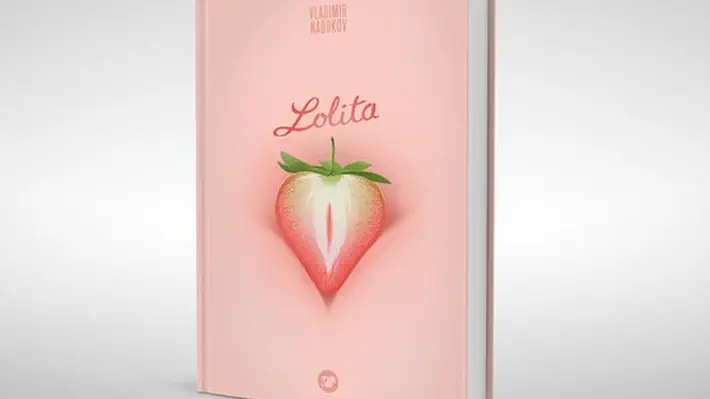 FLAVORWIRE
FLAVORWIREContemporary Pop Art Covers for ‘Lolita,’ ‘Brave New World,’ and Other Classic Novels
Brussels-based artist Levente Szabó has gone ahead and done that thing we all love, designing new book covers for a bunch of iconic titles — and putting his final…
 MEDIEVALBOOKS
MEDIEVALBOOKSDestroying Medieval Books And Why That’s Useful
Old furniture, broken cups, worn-out shoes and stinky mattresses: we don’t think twice about throwing things out that we don’t need anymore. And books? Here things are a bit different.
 Wikipedia
WikipediaPaige Compositor
The Paige Compositor was an invention developed by James W. Paige (1842–1917) between 1872 and 1888. It was designed to replace the human typesetter of a lead type-composed printing form with a mechanical arm. However, the machine was not nearly as precise as it should have been and never turned a profit because of its complexity and continual need for adjustment based upon trial and error.
 BBC
BBCThe Machine That Made Us
Stephen Fry examines the story behind the first media entrepreneur, printing press inventor Johann Gutenberg, to find out why he did it and how, a story which involves both historical enquiry and hands-on craft and technology. Fry travels across Europe to find out how Gutenberg kept his development work secret, about the role of avaricious investors and unscrupulous competitors and why Gutenberg's approach started a cultural revolution. He then sets about building a copy of Gutenberg's press.

Grupo de Whatasapp (apenas anúncios)
todo conteúdo, design e programação por Eduardo Pinheiro, 2003-2024
(exceto onde esteja explicitamente indicado de outra forma)






